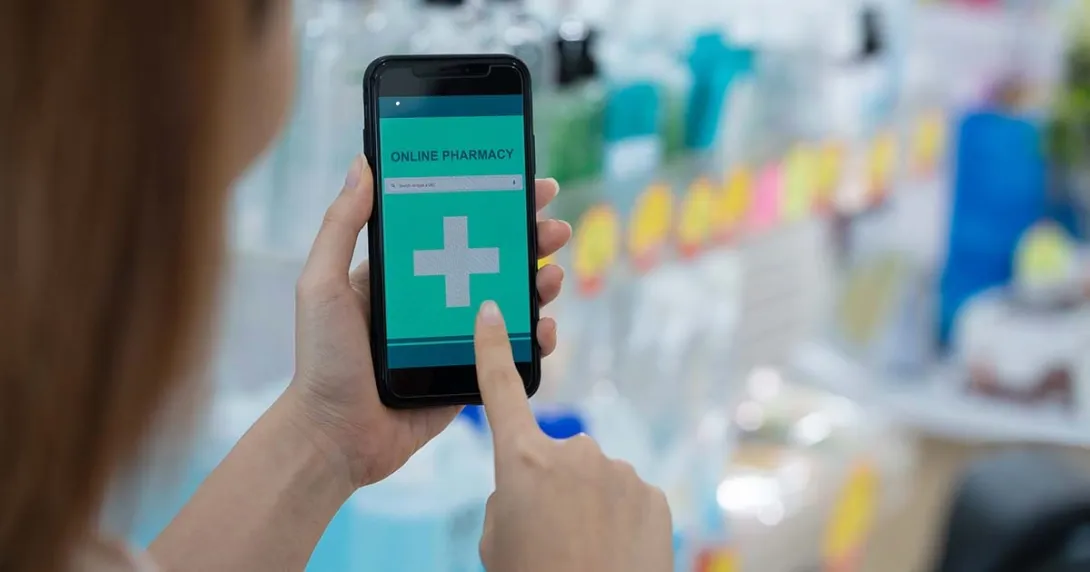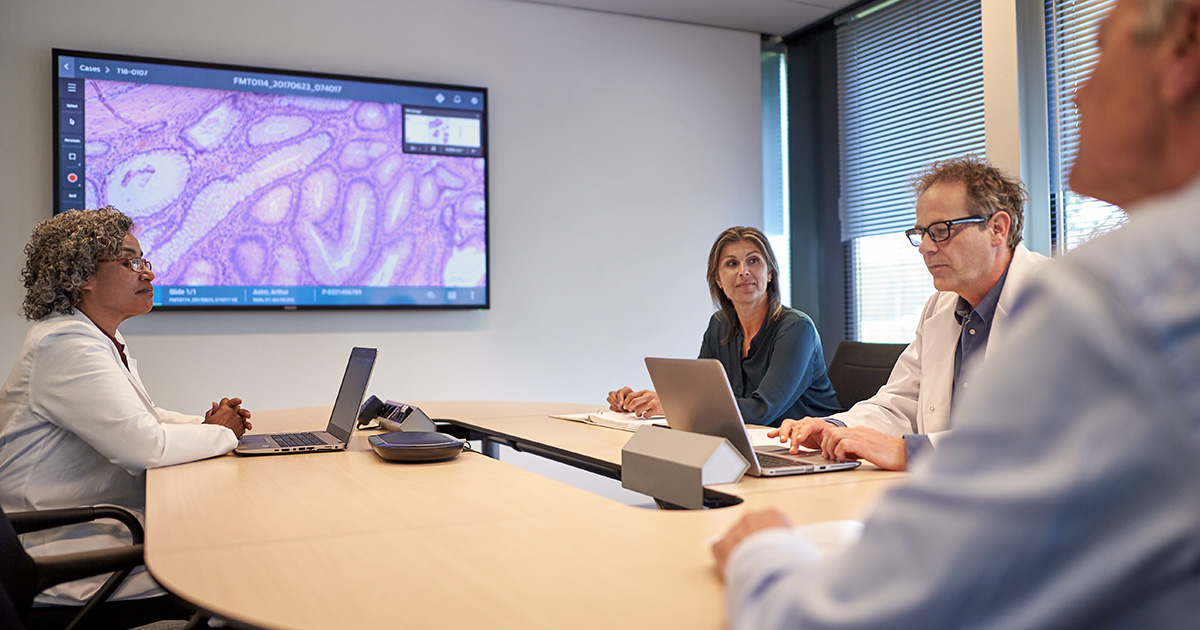
The European Health Data Space (EHDS) is now the law of the land, entering into force on 26 March this year, which marks the beginning of its transition phase toward application.
Every EU Member State (MS) will be legally bound to implement the sweeping regulation, which promises to transform how health data is accessed, shared and used across the EU. The EHDS will enable every EU citizen to access and control their health data. Cross-border services for the first group of priority categories of health data are expected to be available across the EU by 2029, with further expansion foreseen through 2031 and beyond.
Decades in the making
The EHDS is not a sudden regulatory leap but the outcome of sustained coordination across EU MS, sectors, national authorities and stakeholders over many years. Since 2012, MS have been developing cross-border digital health services on a voluntary basis within the framework of the eHealth Network, which the European Commission supports.
"To date, no fewer than 16 European countries are voluntarily connected to MyHealth@EU, which is the first ever cross-border IT infrastructure enabling health data exchange for primary use," says Héla Ghariani, co-head of the digital health delegation at France's Ministry of Health and co-chair of the eHealth Network. "We celebrate this outcome, which we jointly achieved thanks to our shared commitment to fostering interoperability, security and ethics as a basis for citizens' trust. MyHealth@EU paves the way to the EHDS, which we aim at further developing with the full involvement and close accompanying of all stakeholders, from patients to healthcare providers and industry."
"The European Health Data Space consolidates ideas, concepts, and even technical experimentation and deployment into a single regulation," says Dr. Henrique Martins, associate professor at ISCTE-IUL (University Institute of Lisbon), who worked on many EU e-health projects that preceded the EHDS.
Key initiatives such as the European Patient Smart Open Services (epSOS), eHealth Digital Service Infrastructure (eHDSI), Trillium Bridge and X-eHealth laid the groundwork for sharing patient summaries and e-prescriptions between countries. Other initiatives focused on certification, semantic interoperability and privacy, "feeding into the EHDS' requirements for transparency, security and auditability," Martins explains.
A separate family of projects tackled the secondary use of health data for research and policy, most notably the TEHDAS Joint Action, which brought together researchers, ministries and health authorities to build consensus around data access safeguards.
"Just in the area of primary use, we mapped more than 20 projects," Martins notes, adding that many of them had overlapping coordinators, which helped support coordination in approaches.
Others, such as Antilope, contributed to interoperability and certification cultures. And then there are those that tackled cybersecurity, electronic IDs and transparency.
"There's a real lineage here," Martins says. "From early policy boards like the eHealth Network to today's full legal framework, we've seen progressive convergence on interoperability work, including discussion on standards, like SNOMED CT [Systemized Nomenclature of Medicine – Clinical Terms] or the International Patient Summary, guided by collaborative ecosystems that have matured alongside the technology."
Interoperability at the core
The EHDS entails the development of key technological components that will allow citizens to securely access personal health data across borders. Several EU-funded projects are supporting development of pilots such as the Potential project, which explores how the EU Digital Identity Wallet could be used for e-prescriptions. Under the EHDS, MyHealth@EU – the existing EU infrastructure that already supports cross-border exchange – will be significantly expanded, and by 2029, exchange of patient summaries, e-prescriptions and e-dispensation in all Member States will be available, ensuring interoperable, secure and citizen-controlled health data sharing.
Putting people at the centre
While technology and legal frameworks are essential, the EHDS is ultimately about people.
Hence, to ensure EHDS' success, citizens must be participating in and co-designing this project, says Kristof Vanfraechem, founder of Data for Patients, a partner in the Digital Europe Programme-funded MyHealth@MyHands project, with participants from 18 countries in the consortium. Specifically, the project aims to support the Digital Decade policy programme target of ensuring that 100% of European citizens have secure online access to their electronic medical records by 2030.
"Having all your health data in your hands is the starting point for a healthcare system that wants to address all your needs, which is what this project wants to deliver for EU citizens toward creating a European Health Union," Vanfraechem says.
The MyHealth@MyHands project is structured to ensure large-scale co-design with patients, healthcare professionals and developers, he adds.
"We have patient representatives, as well as many technology companies – used to servicing patients and citizens – as partners in our consortium," Vanfraechem says. "We also have internal and external expert boards that include patient voices. But probably, even more importantly, we are establishing very open communication and feedback lines with EU citizens."
These engagement efforts are being developed into "knowledge hubs" and "circles of communication," including social media channels, online platforms and face-to-face workshops, Vanfraechem explains. Their purpose is to build a nuanced understanding of the diverse expectations, concerns and needs of patients and citizens across the Health Union.
At HIMSS Europe 2025 in Paris, a dedicated track on 10 June titled "EHDS in Practice" will cover different aspects of EHDS. Speakers include health ministry representatives, tech experts and patients. See the full programme and join the conference 10-12 June 2025.


